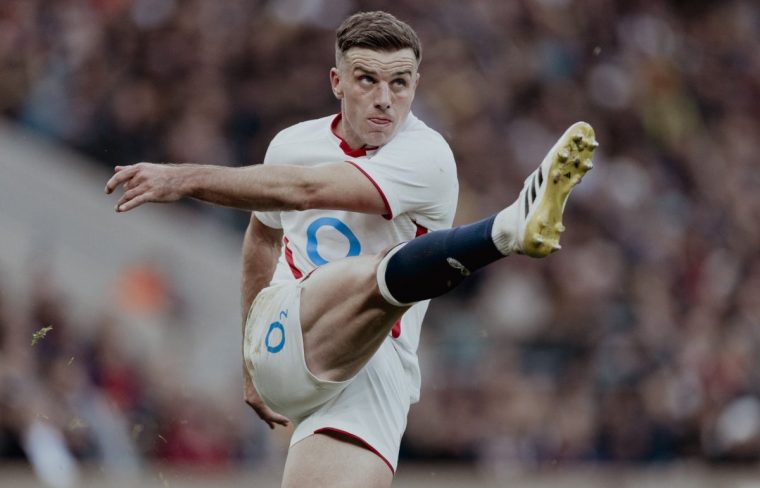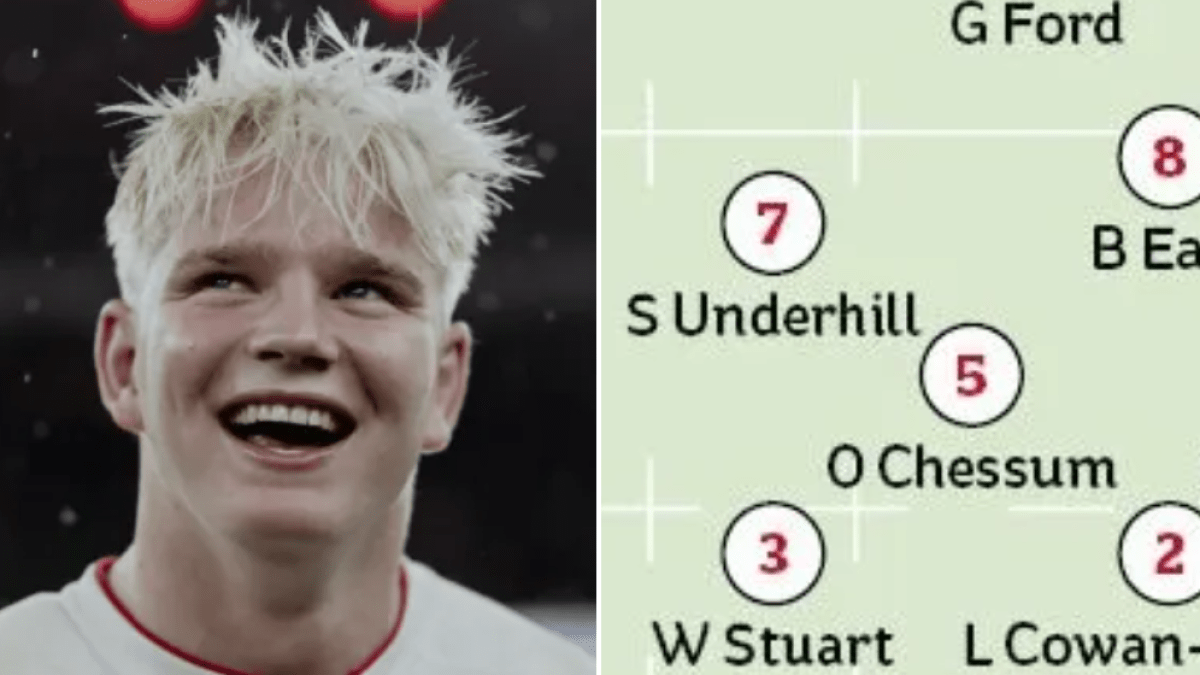Joe Marler had it right at half-time of England’s 38-18 win over Fiji on Saturday evening.
Having been comprehensively outmanoeuvred by Alan Carr in the final of TV’s Celebrity Traitors, Marler was on firmer ground with his rugby analysis, predicting in an on-pitch interview for the Twickenham crowd that Steve Borthwick would make a couple of changes and England – then leading just 14-13 – would be fine.
It was a ninth victory on the trot for England, their best sequence in eight years, although only one of those wins (France in February) has been against a fellow top-five-ranked country.
No 2-ranked New Zealand are next at Twickenham’s Round Table, fresh from beating Ireland in Chicago and Scotland at Murrayfield.
What are the big selection choices facing England’s head coach Borthwick for his team’s glamour tie of the autumn?
The back row conundrum
 Earl was man of the match against Fiji (Photo: Getty)
Earl was man of the match against Fiji (Photo: Getty)
If you let your eye linger on Ben Earl during a match, you can see his value to England, and why against Fiji he collected another man-of-the-match award from the TV broadcaster.
He plays the hybrid role well, always injecting life and pace into attacks while getting stuck in defensively, whether he is standing off in the midfield, or making himself busy close to rucks and mauls.
On Saturday his stats were not stratospheric – 15 carries for 79 metres, and 11 tackles – and he got melted by Fiji as he caught one restart, but Earl is England’s version of New Zealand’s Ardie Savea, highly capable as a No 8 or a No 7.
Who else could England pick at No 8? Chandler Cunningham-South started there against the Fijians, and promisingly he regularly beat the first-up tackle.
Henry Pollock came on at No 8 in the first two autumn matches, while Guy Pepper started both at No 6, gaining valuable Test experience.
But England lost six rucks to two against Fiji – although it was 2-2 in the second half – and that will be trouble if it is repeated next time out.
Tom Curry’s state of health is the key to the back-row line-up. If he is fit to start after two substitute appearances, then he must do so, and England could revert to a 6-7-8 of Curry-Underhill-Earl, with Curry as the third line-out jumper.
If Borthwick worries that’s too light, then Pepper or Cunningham-South or both could get the shout.
Ford at fly-half and no Ollie Lawrence?
 Ford looks like England’s most assured fly-half right now (Photo: Getty)
Ford looks like England’s most assured fly-half right now (Photo: Getty)
Funny how the ebbs and flows go: England are suddenly replete with potential wings, and Henry Arundell’s sheer pace brought him a nice try against Fiji, while the more renowned breakdown battler Cadan Murley is stuck in reserve.
Meanwhile, the choice of centres has become more clouded. Fraser Dingwall is a smooth footballer at club level but as England’s No 12 in the first two autumn matches he has looked flustered at times.
At No 13, neither of Ollie Lawrence and Tommy Freeman kicks with confidence, and whichever one is chosen will have their hands full with their New Zealand opposite number Leicester Faingaanuku.
The defence could be key to England’s choice. With Freeman at 13, England conceded just one try – an interception – to Australia in the 25-7 opening autumn win.
And Borthwick’s mention of hoping Tom Roebuck is fit from an ankle problem suggests he wants the Sale Sharks man back on the right wing.
On the left wing, Manny Feyi-Waboso’s high-ball work against Fiji was mixed, as he injured an opponent and then himself while he leapt for balls he sometimes was second-favourite for (an area the lawmakers need to monitor for its dangerous aspects).
A reversion to a threequarter line of Roebuck, Freeman, Dingwall and Feyi-Waboso would enable a kicking game orchestrated by George Ford or Fin Smith at fly-half; Ford is less of a defensive hitter than Smith, but he is carrying himself with a smidgen more authority, right now.
It would also be equipped to handle a strong kicking game from New Zealand.
The wildcard is Elliot Daly, who hasn’t played this season after a broken arm, but could be fit.
A big call, based on training unseen by the outside world, would be Daly slotting into any one of three back-division positions.
He would also be appealing on the bench – but then who would cover fly-half? Not Dingwall, so England would either need a 5-3 split of replacements to include a No 10, or Marcus Smith at full-back.
Finishing power ready to meet its toughest test?
There has been a lot of noise from England about their new-found ability to come on strong in the final quarter of matches – or “Q4” as Borthwick likes to call it.
Scrum-half Alex Mitchell said after the Fiji win: “We know if we stay toe-to-toe with teams, at that last 20 minutes we can push on and get a result.”
New Zealand are not the ruthless machine of a decade ago, as they nurture new players in some positions, and three yellow cards in Scotland showed their discipline can fray under pressure. So the p-word is paramount for England.
Borthwick’s men have a great chance of a first home win over New Zealand since 2012, and the first anywhere since the 2019 World Cup, if they can keep going for 80 minutes, not fade as in last November’s 24-22 defeat.
Your next read
But where does this “Q4” resilience come from, and can England produce it if they are behind on 60 minutes? Is it just down to individuals like Pollock and Curry on the bench? Or an all-round better state of mind and experience and fitness?
New Zealand have mastered staying in the fight down the years, as poor Scotland found out yet again, when they were undone by the Kiwis’ brilliant replacement Damian McKenzie. We wait to see whether this England have the chin-jutting, chest-puffing self-belief to overcome one of the ultimate tests.
My predicted England XV
Here is my predicted England team to face New Zealand, depending on fitness reports on Tom Roebuck, Elliot Daly and Tom Curry:


